Coronavirus: Mask-wearing gains ground in a world facing new lockdowns
As countries faced with flare-ups adopt different strategies, the debate over face masks is coming down in favour worldwide.
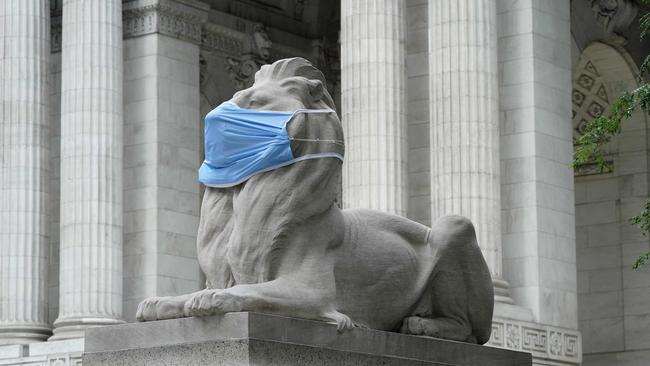
Faced with flare-ups or new surges countries are adopting different strategies, from strict new lockdowns to deciding that caseloads which once sparked panic are manageable and further unlocking their economies. Some have track and trace schemes, or other technical solutions to try to monitor infection. The debate over face masks is coming down worldwide in favour.
UNITED STATES
Nowhere is the argument between coronavirus and the economy more polarised and politicised than the US. Parts of the midwest and southwest are deep in a first wave, while others, like Florida and California, are facing second spikes. Yet despite a record daily death rate in Florida – at 120 fatalities on Thursday and an average of about 7000 new cases a day this week – the Walt Disney World theme park has not been deterred from its planned reopening. Disneyland in California remains closed, however, after the state delayed guidelines for reopening theme parks amid a resurgence of cases. Greg Abbott, the Texas governor, appealed for people to follow his mask-wearing order as cases and deaths continued to rise in the second-most populous state. US President Donald Trump received 33 per cent approval for his handling of the outbreak, the lowest yet, according to an ABC-Ipsos poll. Mr Trump said he would wear a mask for a visit to veterans at a hospital in Maryland.
David Charter in Washington
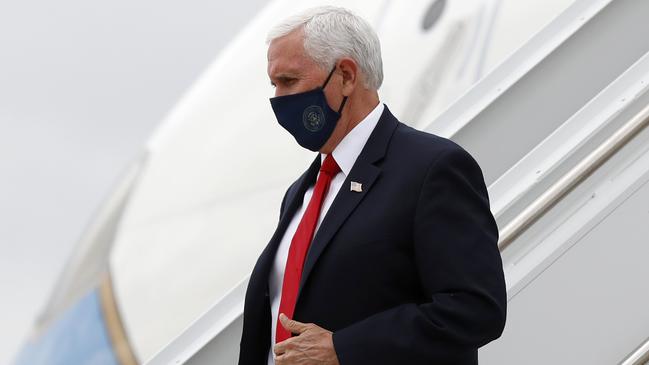
AUSTRALIA
Five weeks ago Melbourne celebrated as its pubs, bars and restaurants emerged from lockdown. Now the city is facing another six weeks indoors and the state’s borders have been sealed for the first time in more than a century, after a flare-up linked to a breach of quarantine rules of repatriating Australians in COVID-19 isolation hostels. Craig Shearer, part-owner of The Terminus pub in Melbourne, said “the emotional drain on everyone to be closing down again is the toughest part”.
For now Victoria – about the size of the UK – is cut off from the rest of Australia. Its 600-mile border with New South Wales is shut for the first time since the Spanish flu pandemic in 1919 and is guarded by soldiers and police.
Bernard Lagan in Sydney
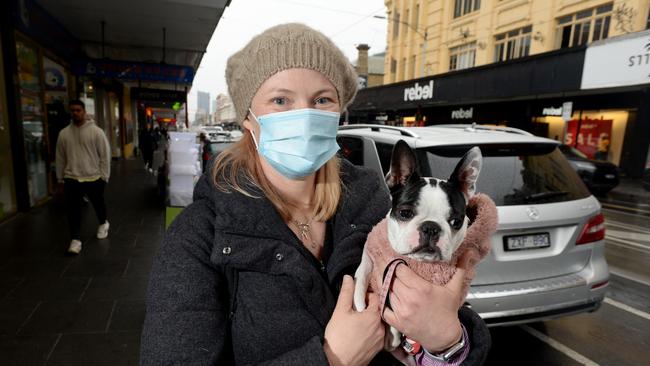
GERMANY
The auguries were fairly grim last month when more than 1400 workers at a single slaughterhouse and meat processing plant in western Germany were diagnosed with COVID-19 in a matter of days. It played a dominant role in driving the national R number, or infection rate, above 3 for the first time since early March – above 1 means the virus is spreading. It seems, though, that the second wave has been held at bay, at least for the time being. Partly this was luck: while just under a quarter of the workers at the Tonnies factory in Gutersloh had been infected, they only passed the disease on to 353 family members and 24 people in the wider community. Local authorities were quick to place the workforce in quarantine and trace their contacts. This week judges ruled that the locally imposed lockdown should be lifted.
Oliver Moody in Berlin
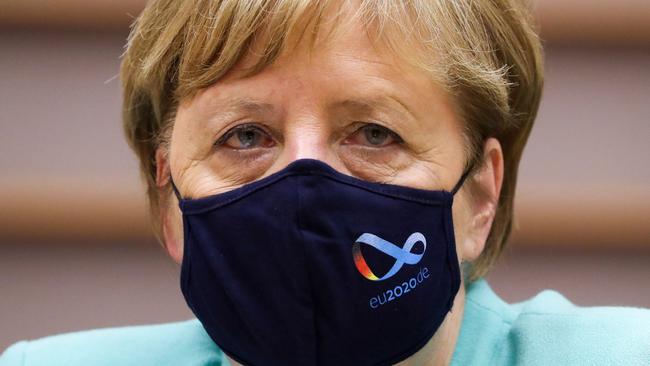
SERBIA AND THE BALKANS
Public frustration over the threat of a second hard lockdown has triggered clashes between riot police and hundreds of protesters on the steps of the parliament in Belgrade this week. Anger was exacerbated by claims that the severity of the caseload had been downplayed in the run-up to elections last month, which returned President Vucic to office and involved a large victory party at which some senior allies contracted the virus. A state of emergency was lifted on May 6. The violence erupted after Mr Vucic said he would respond to growing infection numbers by closing down Belgrade and other cities or towns facing a resurgence and imposing a curfew.
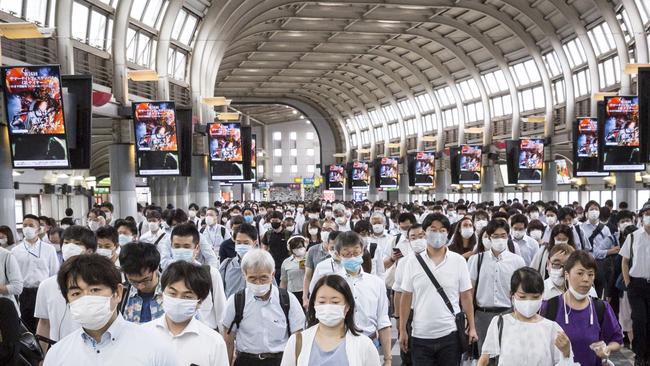
JAPAN AND ASIA
Governments from Japan to Indonesia are proud of the fact that East Asia has fared so much better in the coronavirus pandemic than the countries of the rich West. But now they face the dilemma of how to hold off waves of new infection while avoiding a return to economically ruinous lockdowns and business closures.
For the second day running, Tokyo had a record number of new cases on Friday at 243, after 224 the day before. The last time infections were close to this level the entire country was under a state of emergency. But rather than encouraging people to stay at home, the government is planning to spend ¥1.7 trillion ($22.8 billion) on promoting domestic travel and eating out to save the stricken tourism industry.
In Hong Kong, by contrast, the authorities have announced that they will once again close all schools. On Thursday, there were 34 new cases, the highest daily figure in three months.
Richard Lloyd Parry in Tokyo
The Times

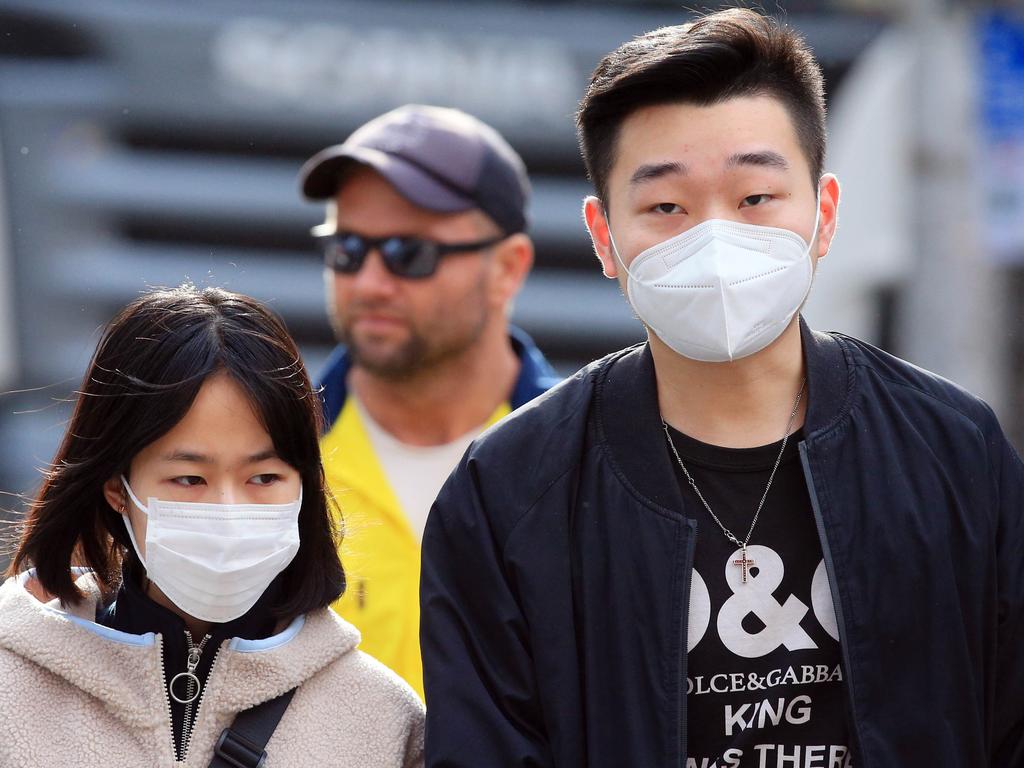

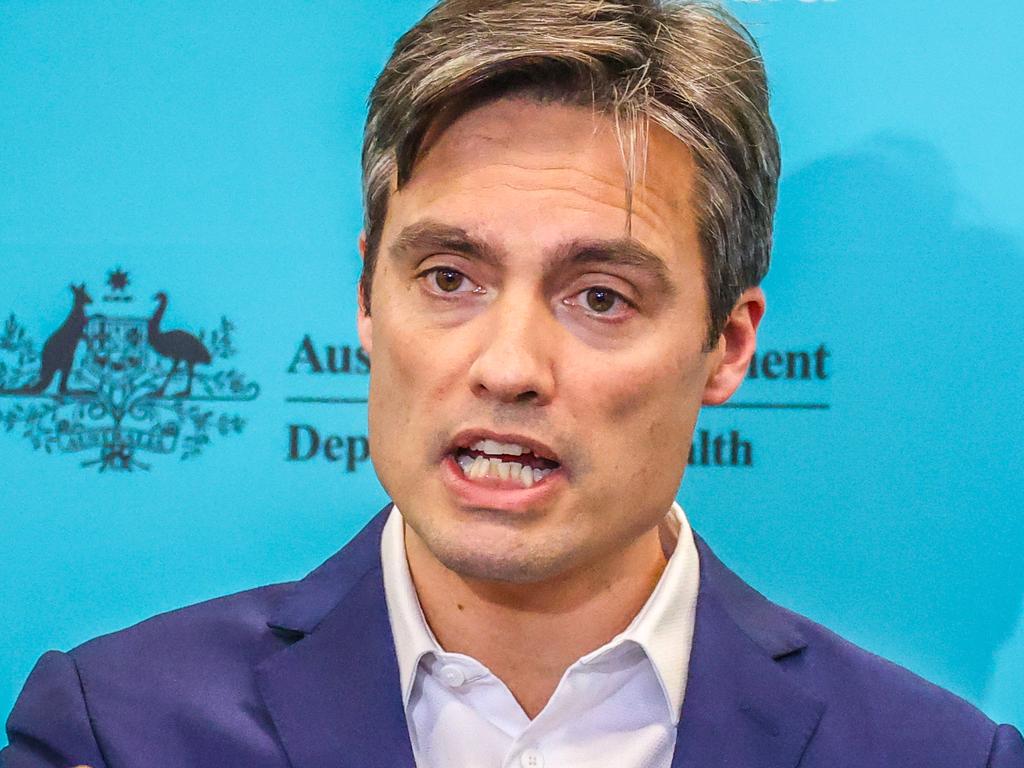



To join the conversation, please log in. Don't have an account? Register
Join the conversation, you are commenting as Logout